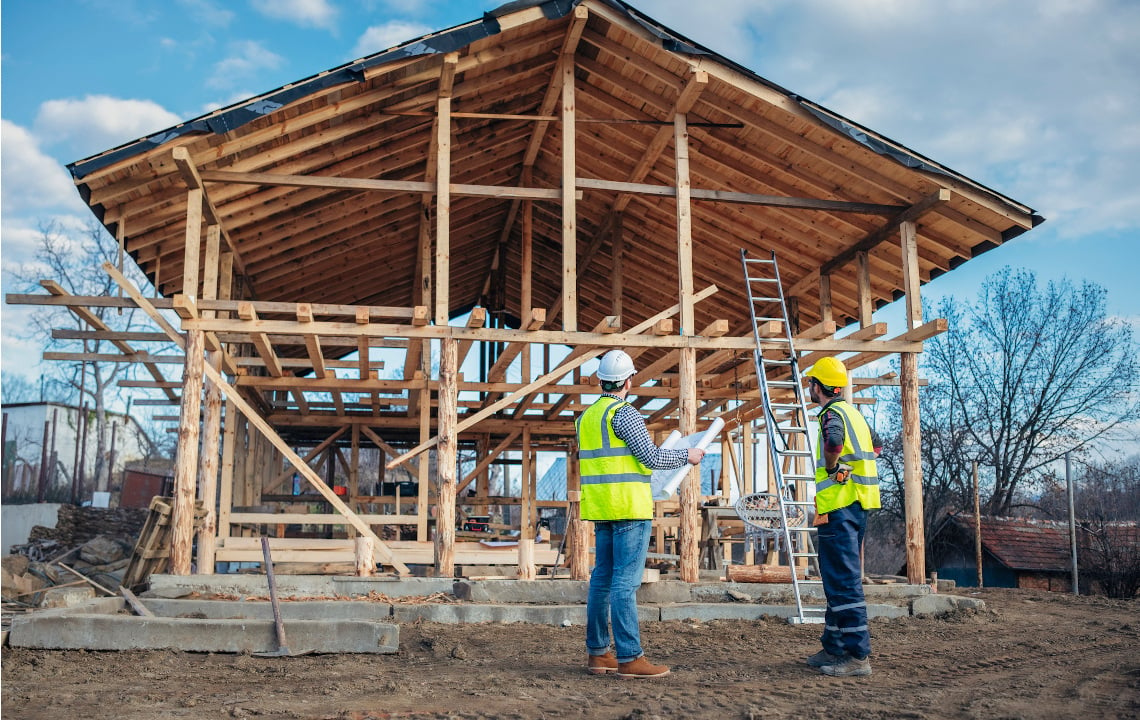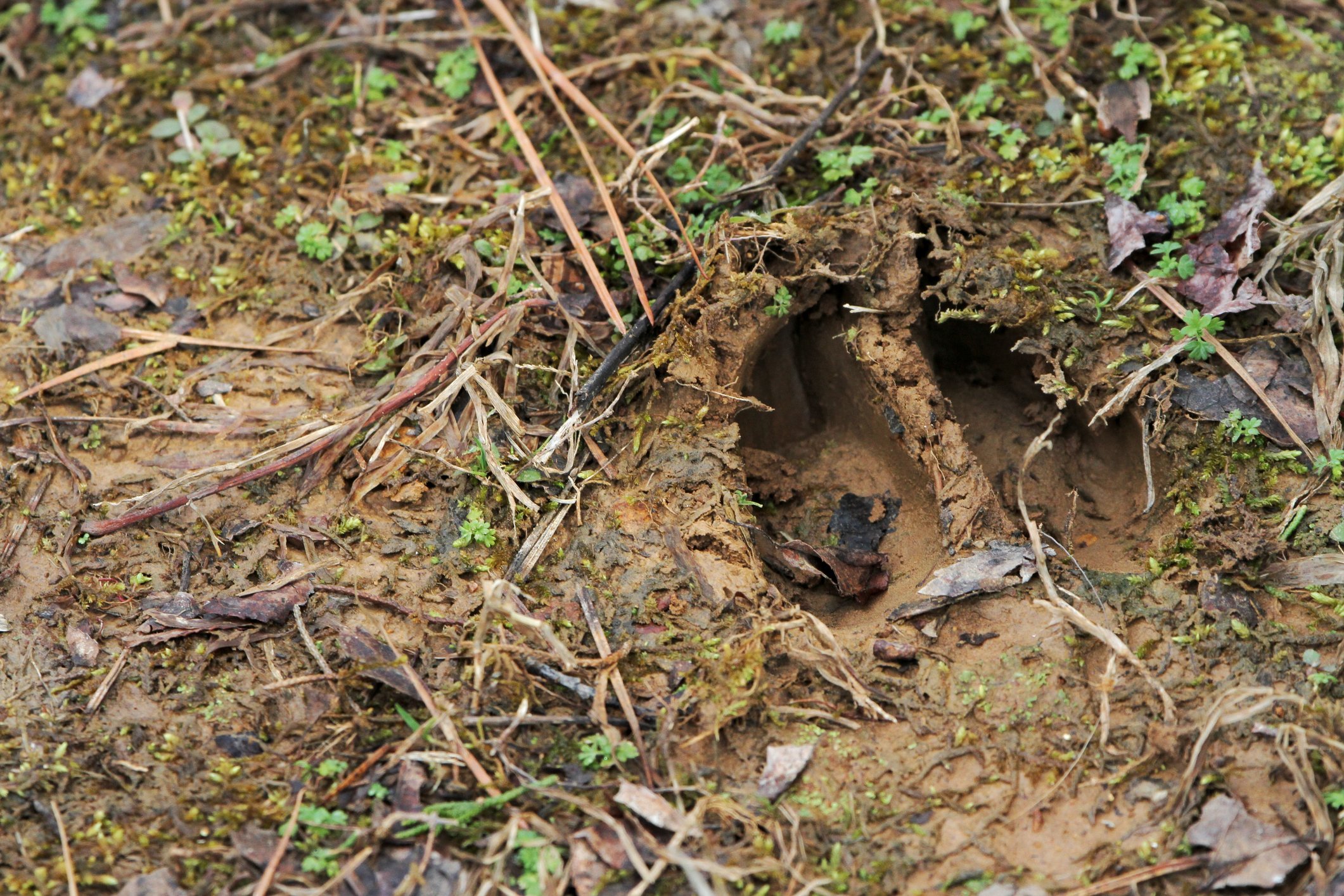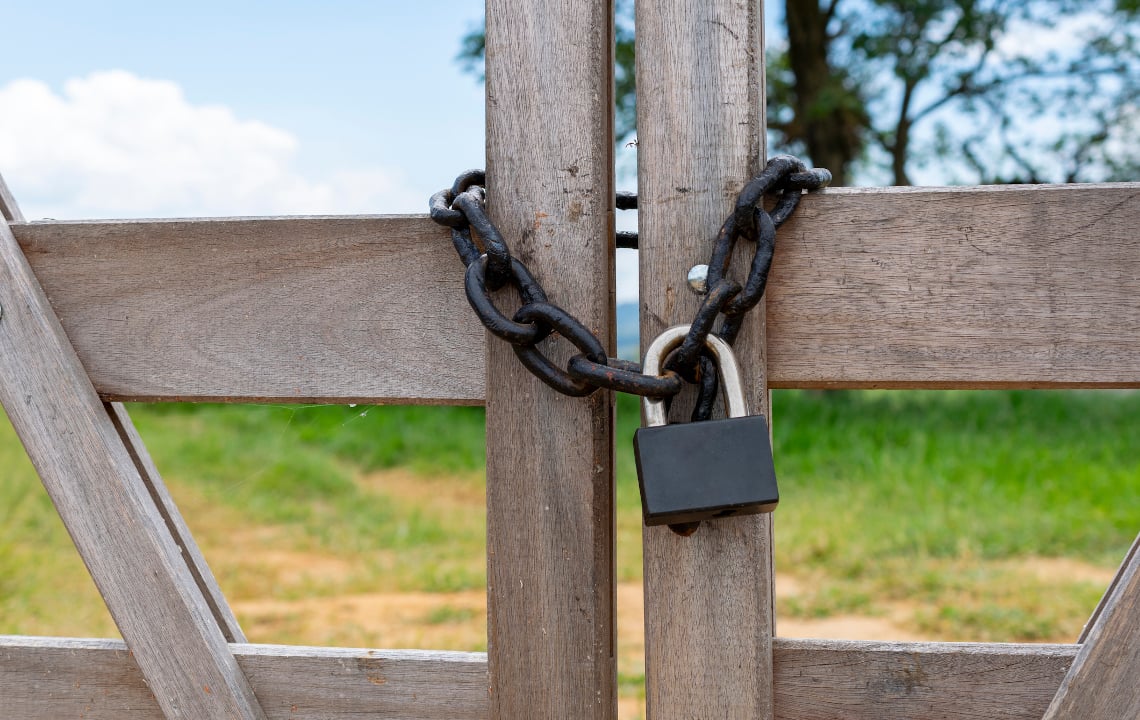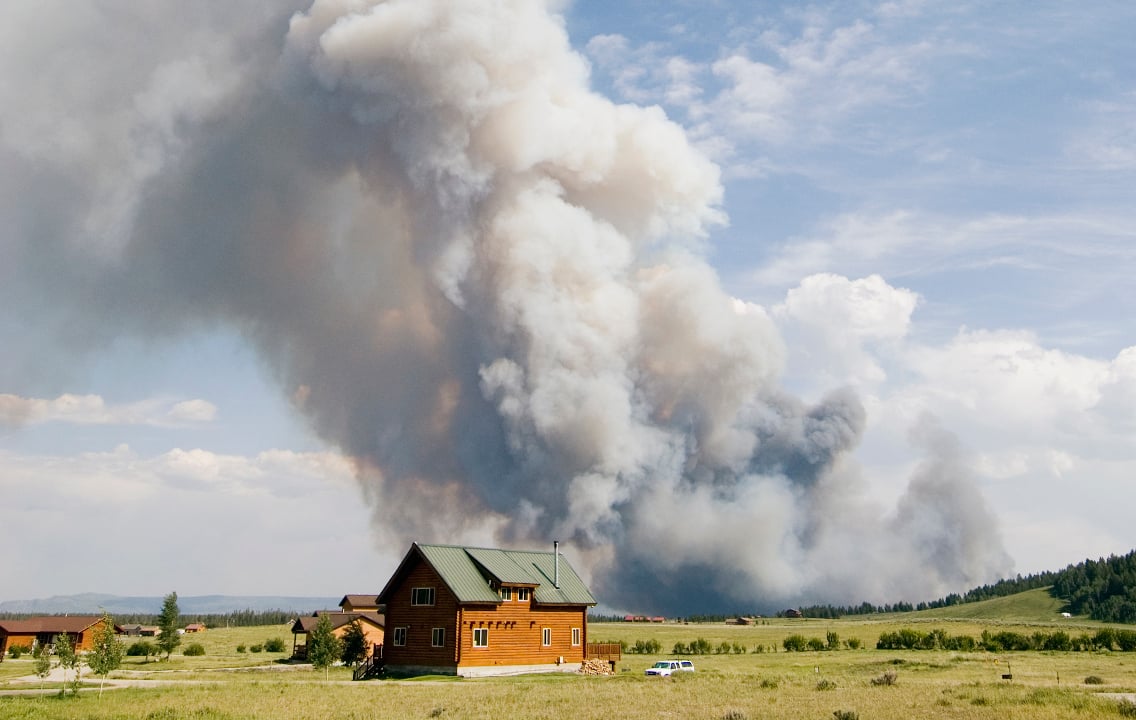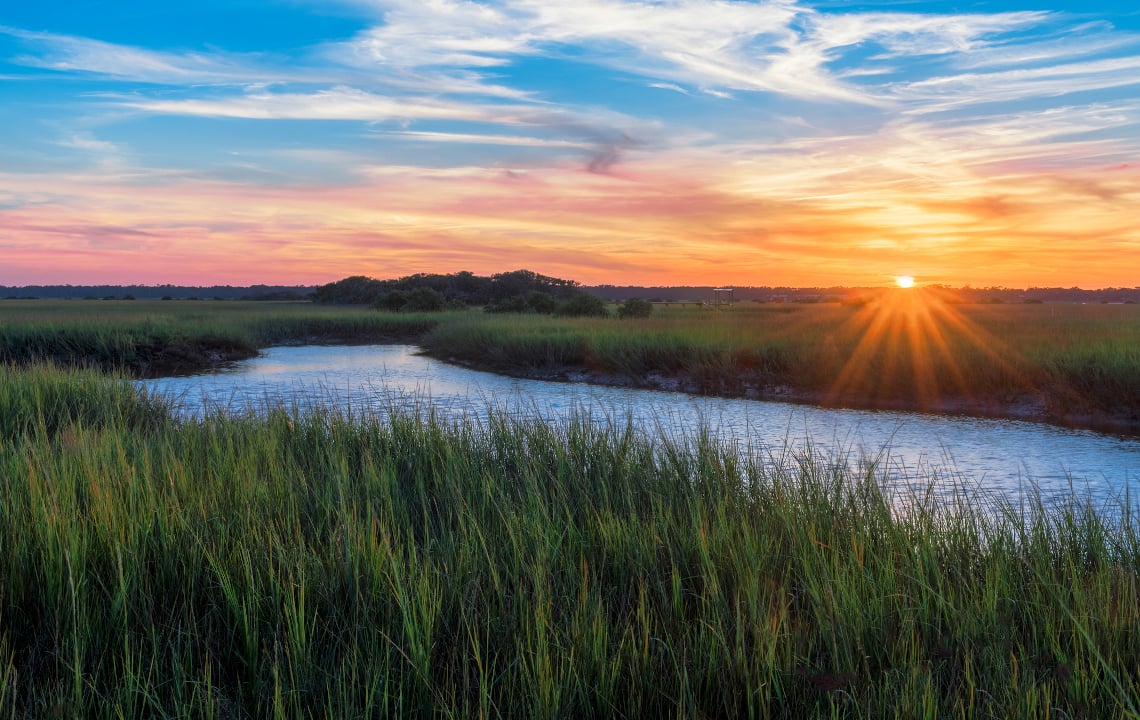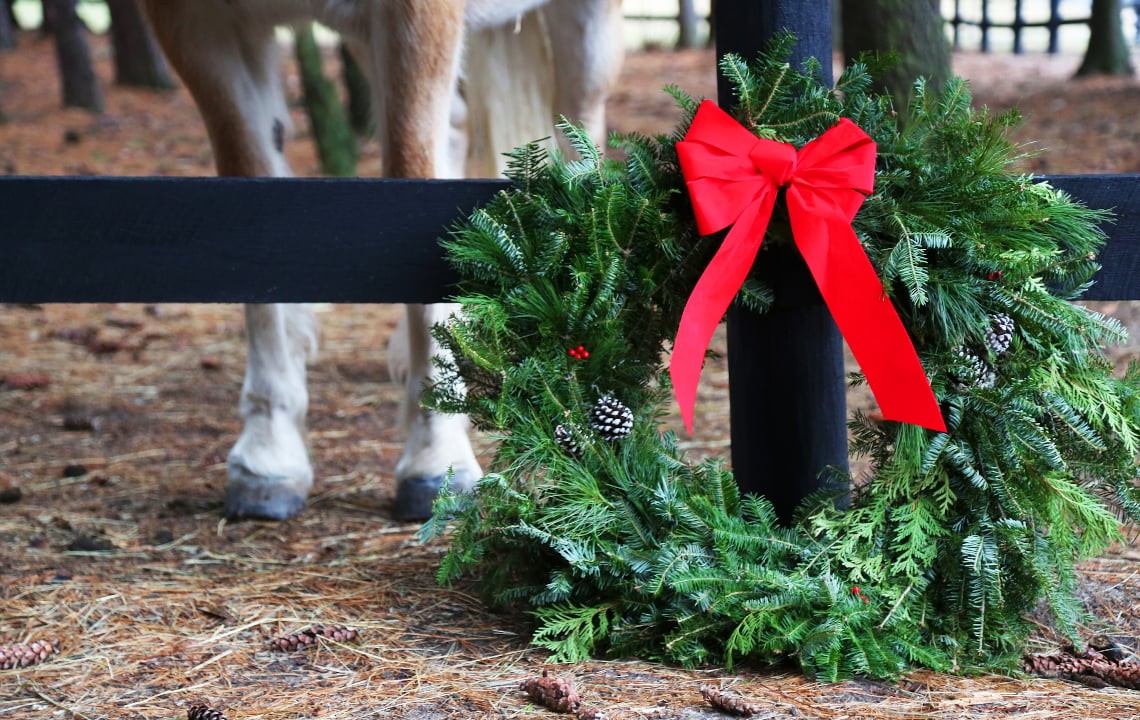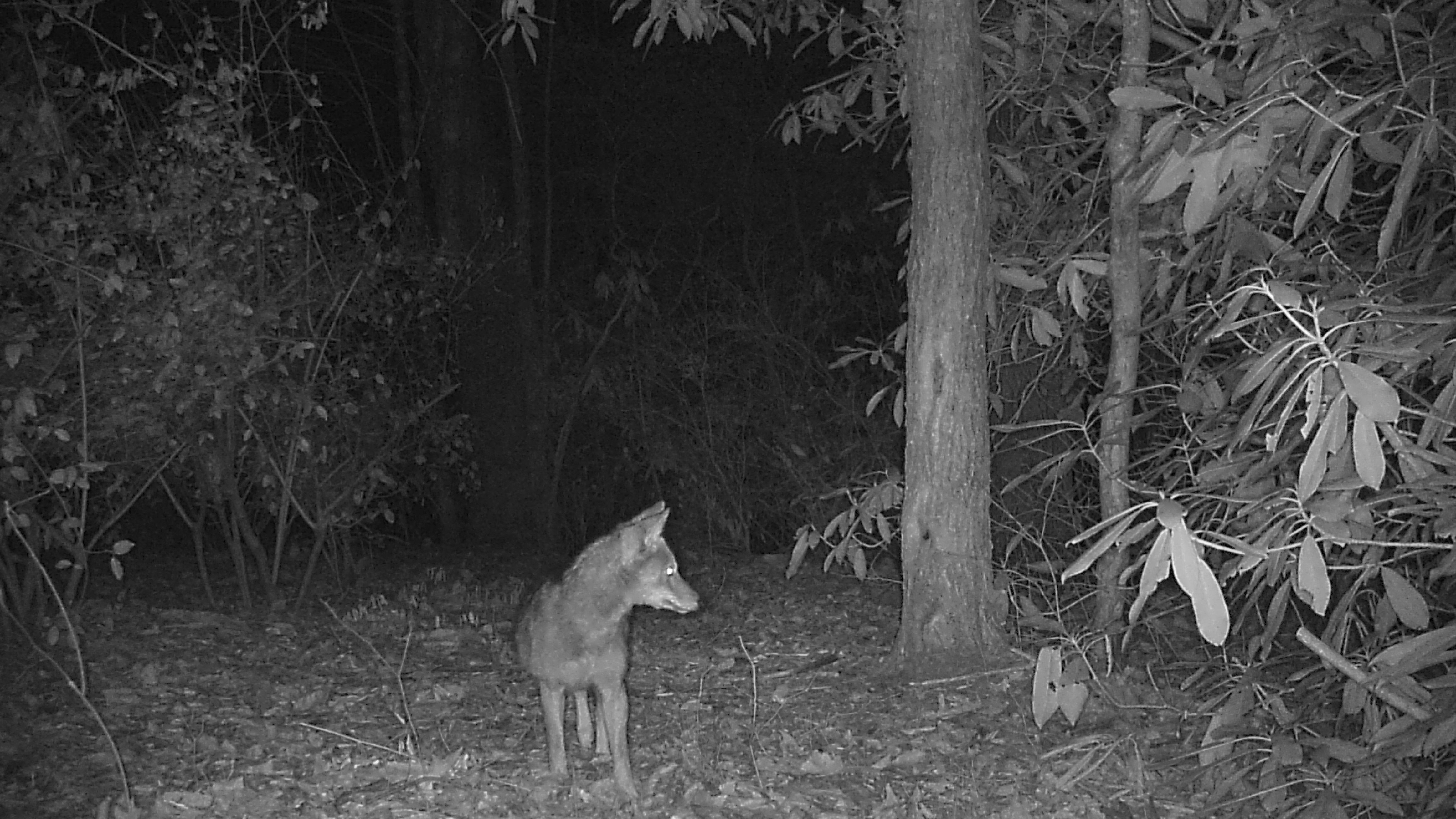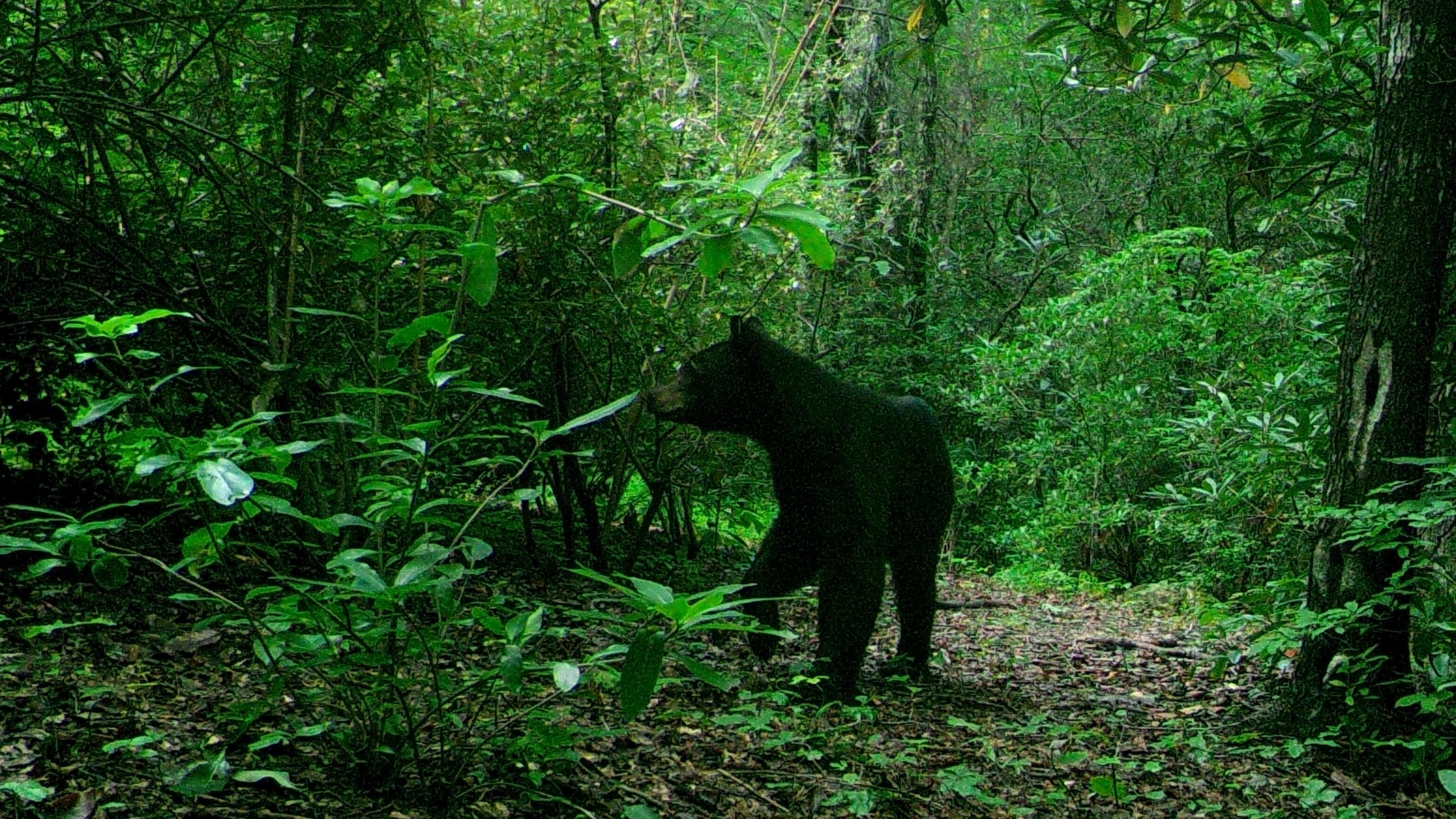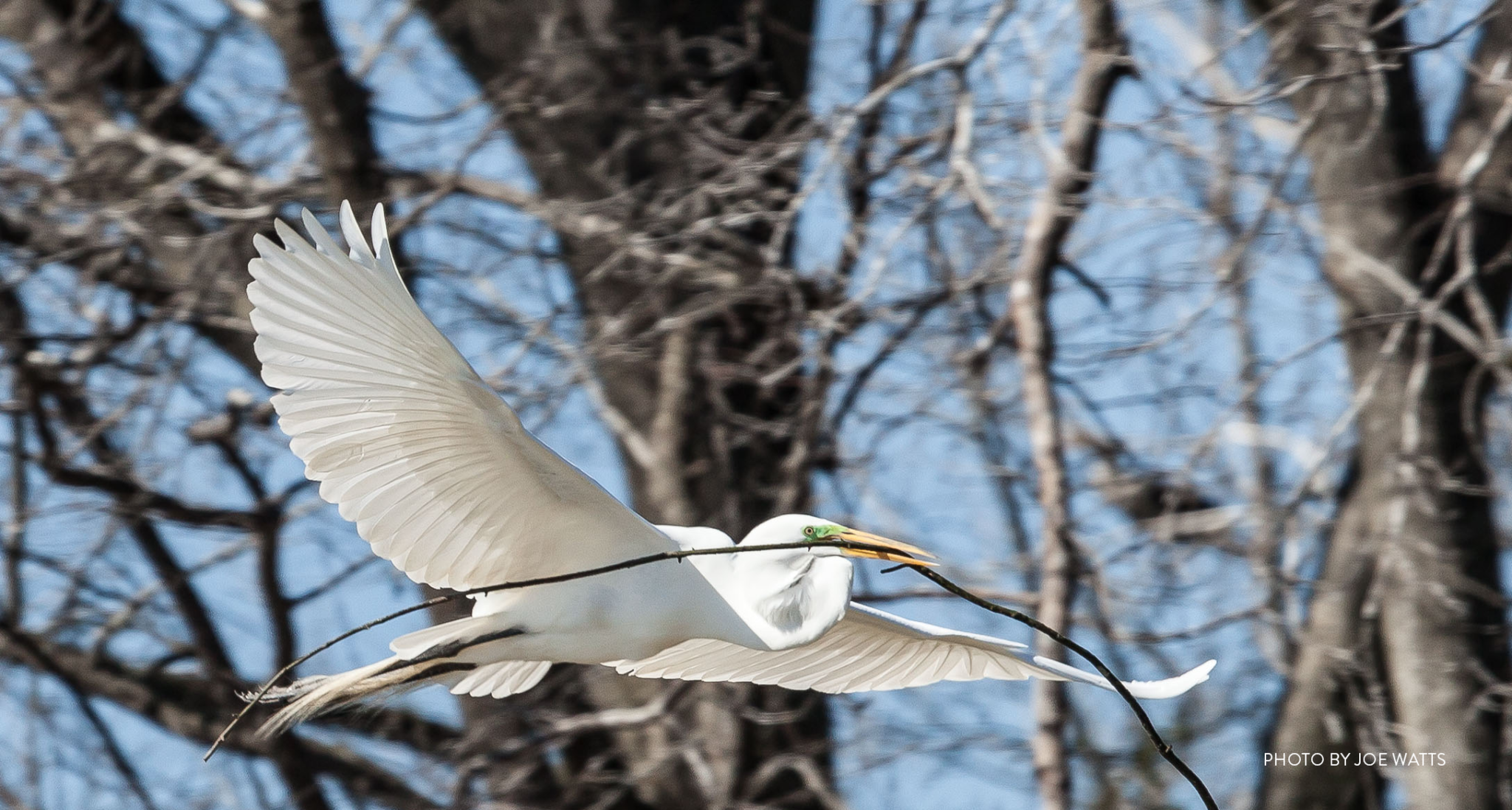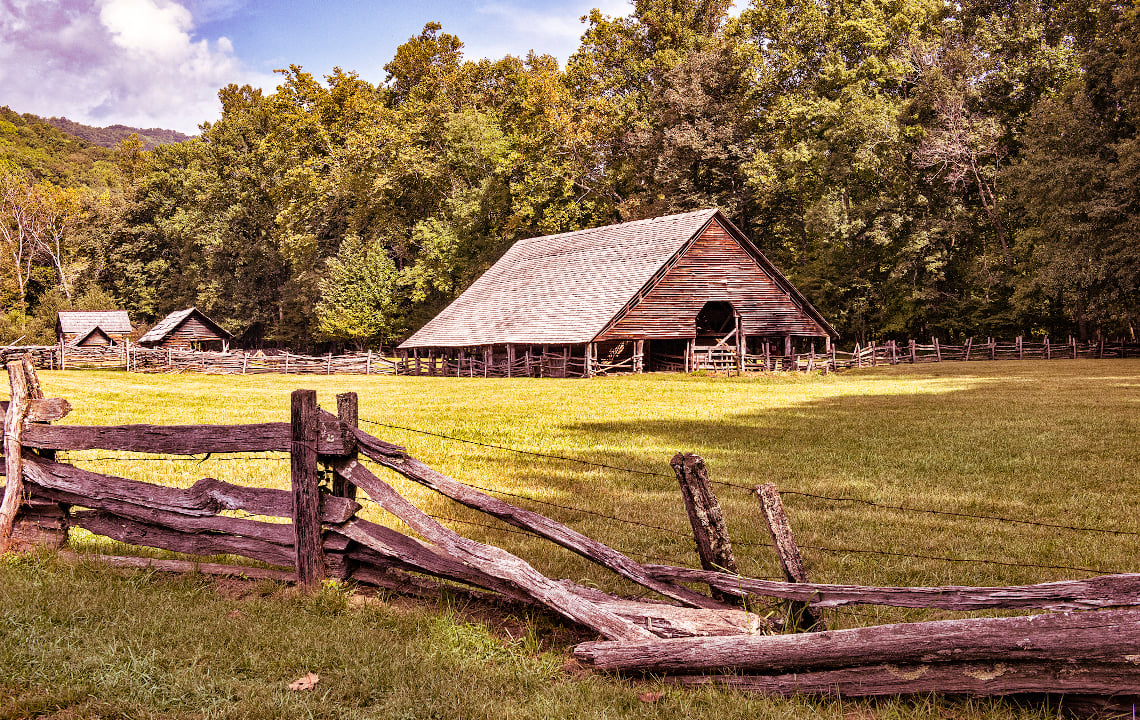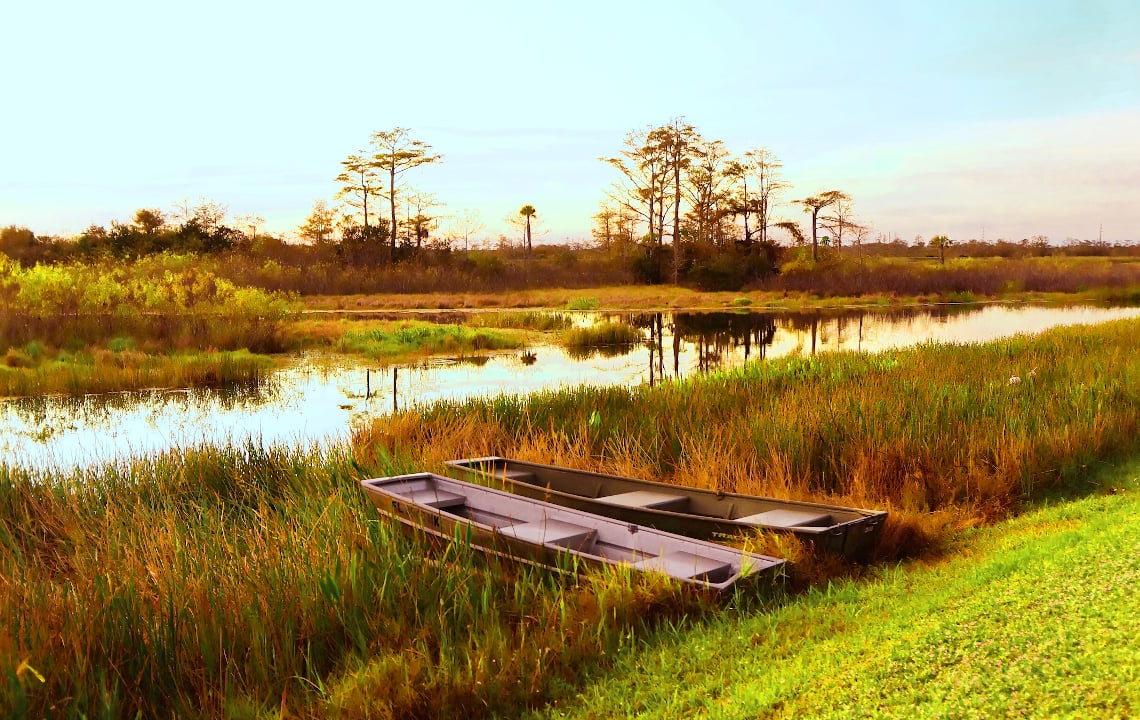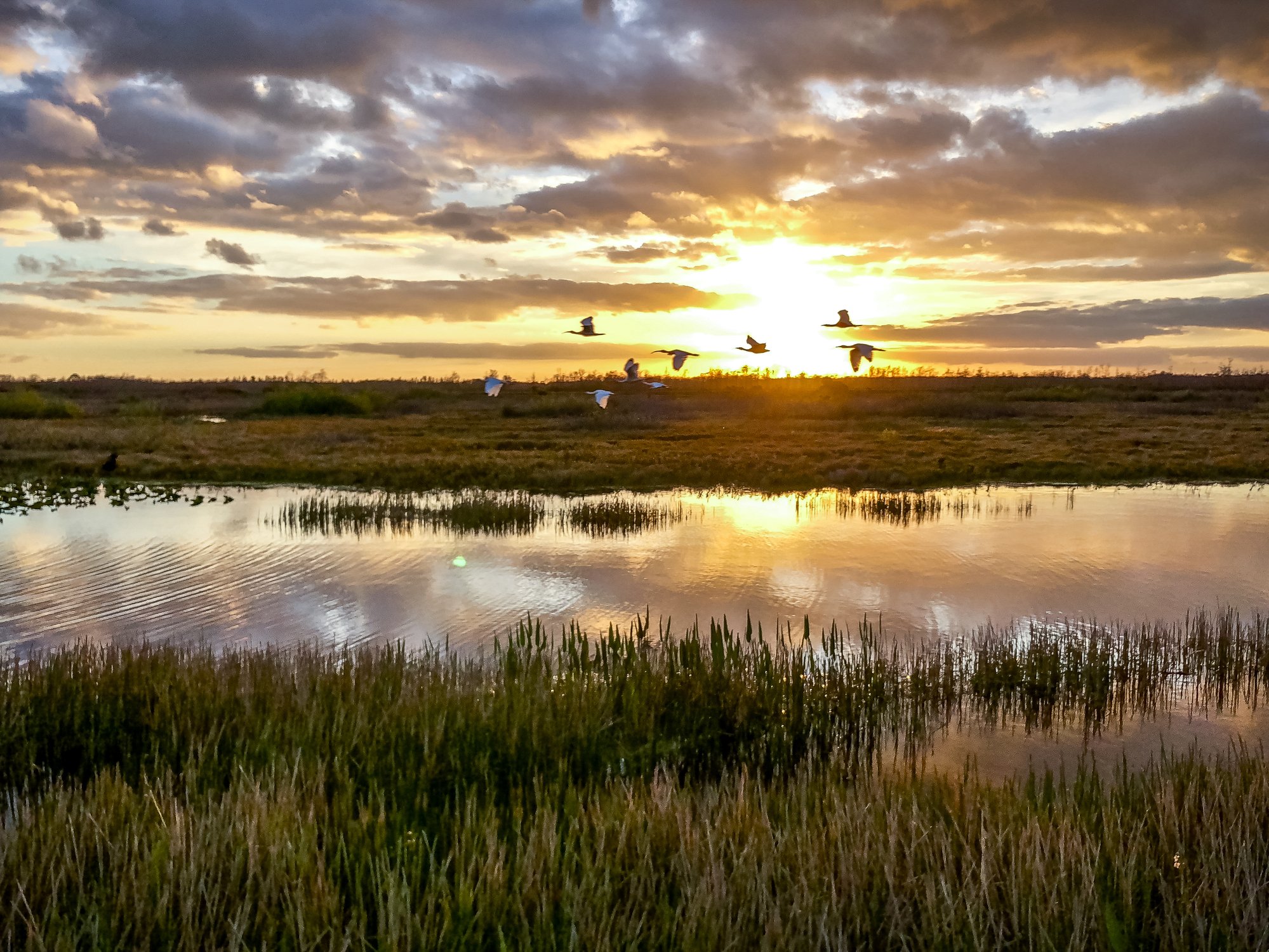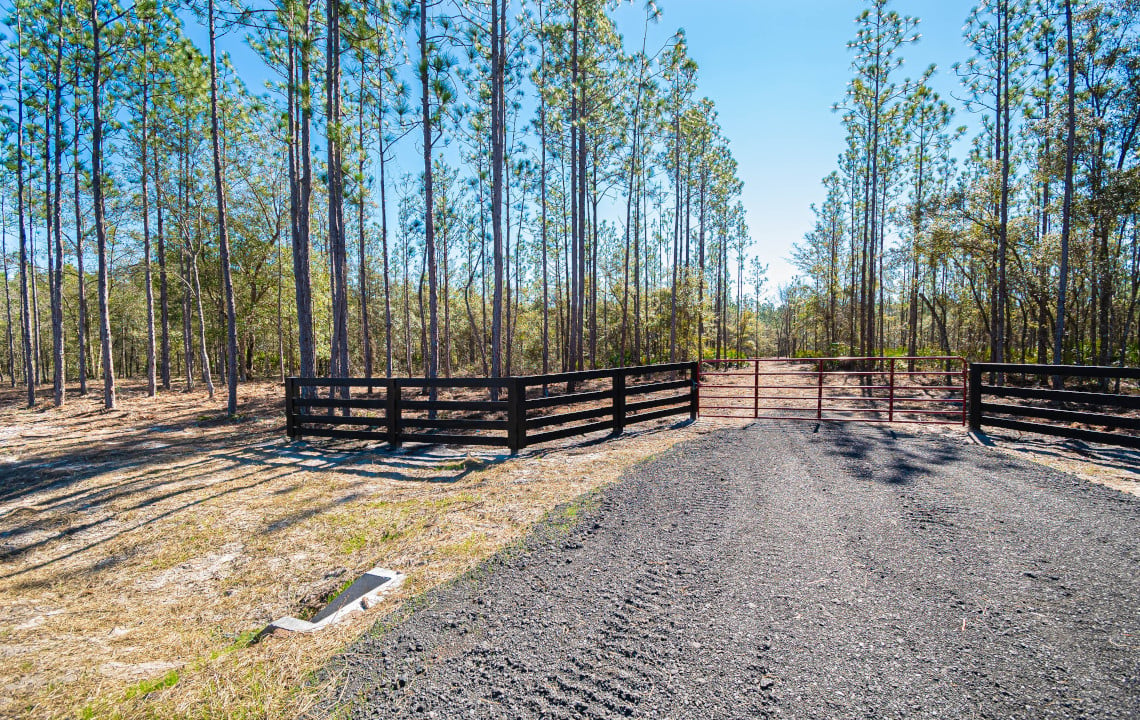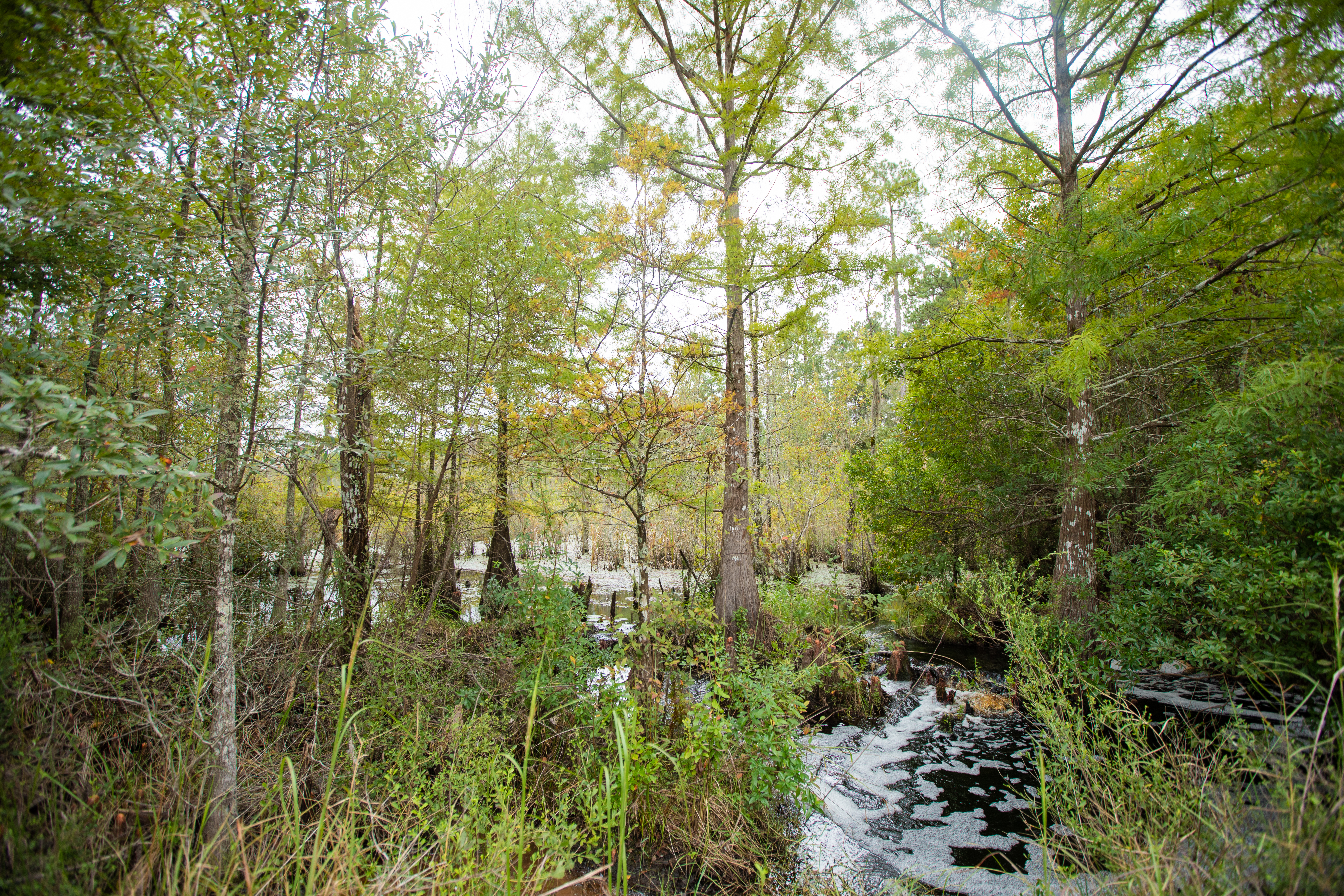Hasty decisions about what to remove when clearing new property for trails and other enhancements may result in less than satisfactory results. Many species of plants and trees are beneficial to each other, or may support desirable wildlife species.
Working on a new property is very rewarding as you see it beginning to take shape and reflect your personal goals. I found this out some years ago when working on several acres that we had purchased. As I developed a walking trail and other landscaping features, a primary goal was to maintain a good balance of plant life that was representative of the area.
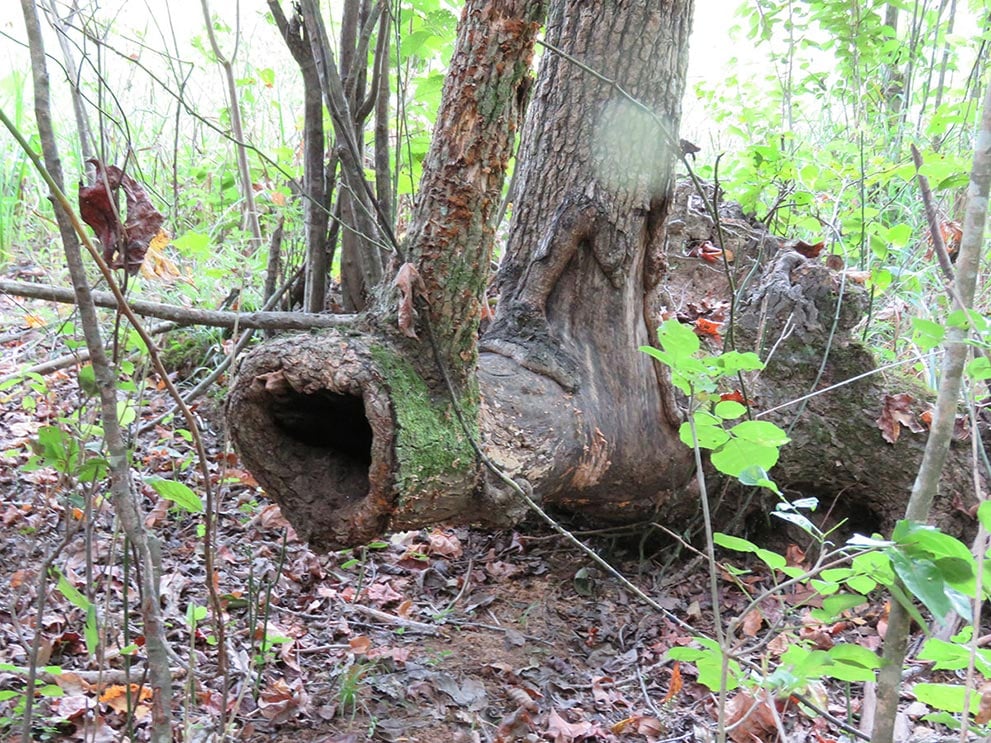
Tip 1: Keep some trees when clearing land
As the work progressed, decisions on what to remove to clear the property and open up the trail were not taken lightly. The property was a mixed woodland, but slanted more heavily to pines. As the work progressed, I chose to remove mostly pines, leaving the fewer hardwood species intact. The removal of pines made way for more hardwoods. The small hardwood undergrowth received more light and growth was stimulated. Oaks, maples, hickories and other desirable species began to flourish.
Tip 2: Think twice before removing dead trees
Though it might seem like the obvious thing to remove, don’t be too hasty in the removal of dead trees or trees with cavities. These trees provide nesting sites for birds, and the larger cavities may be den sites for squirrels, raccoons and other mammals. Dead trees are frequented by woodpeckers, and as they create cavities and later abandon them, they provide homes for other species. Of course, if these trees are near structures or present a safety issue, then they may have to be removed.
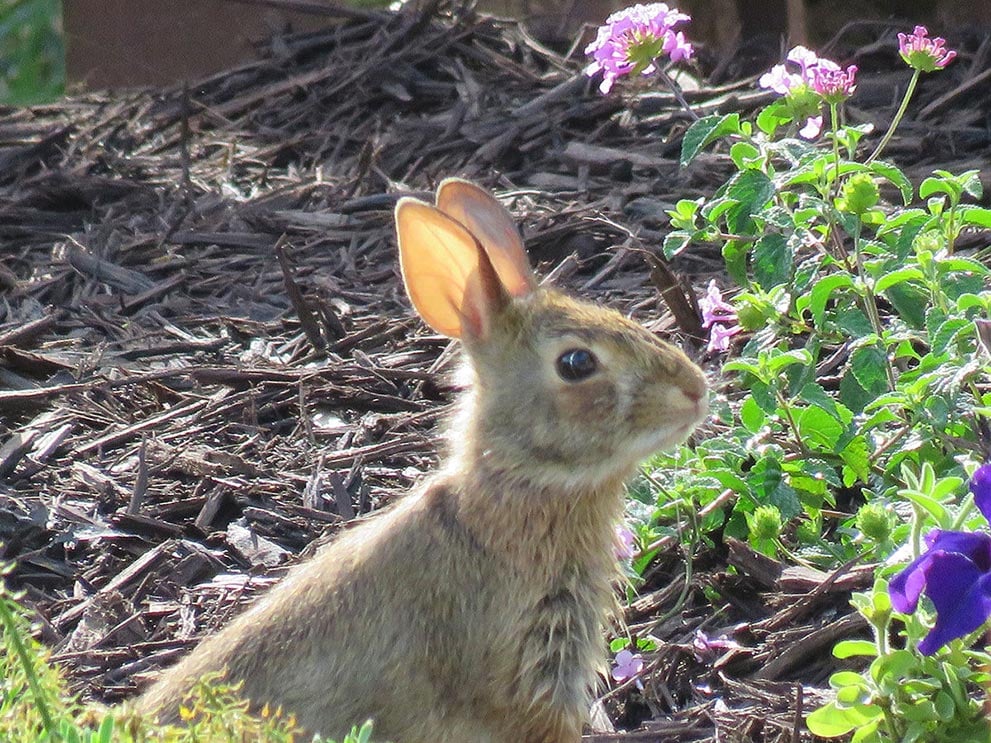
Tip 3: Preserve native flowers and berries
In order to beautify the landscape, I added azaleas along a trail I cleared to enhance spring color. Native blackberries were left, as they provided food for the animals and for us as well. An old home site on the property was the source of a number of flowering plants that were moved to strategic spots on the property.
Tip 4: Respect nature’s balance
We are firm believers in diversity and the fact that nature, when allowed, will achieve a balance that is beneficial to multiple species of plants and animals.
Aldo Leopold, who has been called the father of modern conservation, once said, "The land is one organism. Its parts, like our parts, compete with each other and cooperate with each other. The competitions are as much a part of the inner workings as the cooperations."
It is a widely accepted fact that certain plants have symbiotic relationships with other plants. Legumes, such as peas, are colonized by certain types of bacteria that create nodules on the root system that collect nitrogen. Nitrogen, in turn, is beneficial to other plants that may be planted nearby.
Terrestrial plants, including trees, benefit from fungi called mycorrhizae. This fungi creates threadlike structures in the soil and grow into the roots of the terrestrial plants. These grow out from the roots and gather essential minerals that are transported back to the roots of the plant and benefit them. This is especially important in areas where there is low soil fertility.
Of course, all plant relationships are not beneficial, as some are parasitic and may cause harm to the host. This is evident by the presence of galls and other visible problems encountered by plants and trees.
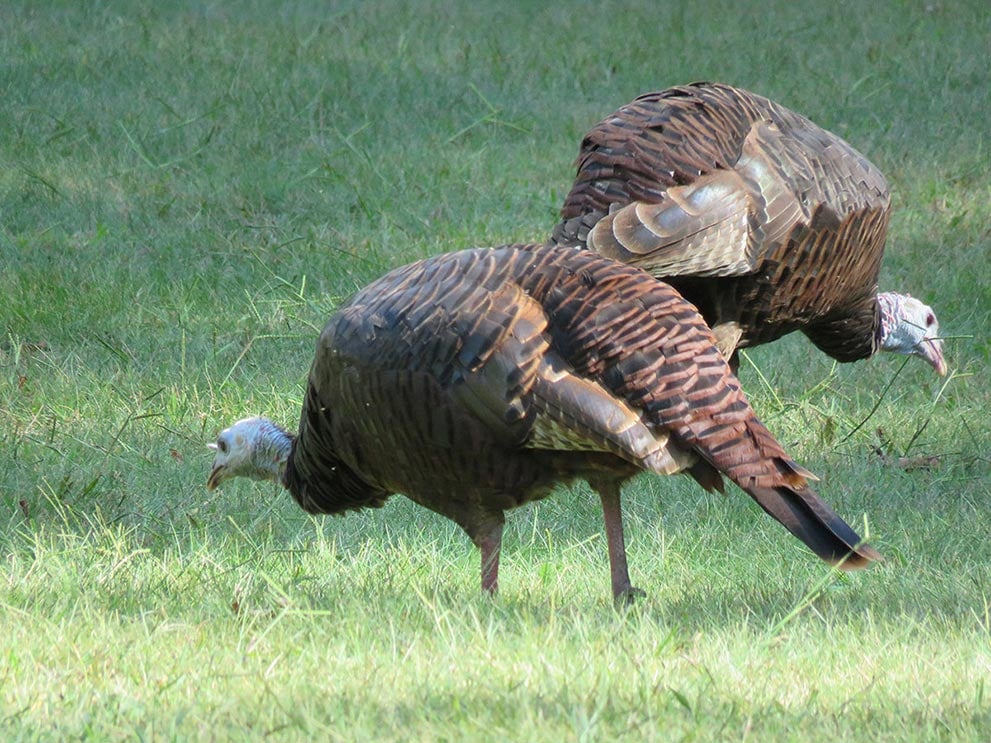
Tip 5: Keep food sources for wildlife intact
Maintaining diversity of plant life during the clearing process may also be beneficial to wildlife. As oaks and hickories are allowed to prosper, they provide mast for deer, turkeys, squirrels and other animals. In order to facilitate this situation, you may wish to add fruit trees such as apples, plums, persimmons and similar species. Grapes, figs and other fruit bearing types will also attract animals as well as providing beautiful spring blooms. Serviceberry bushes are a beautiful addition for spring blooms and for the abundant berries that birds enjoy.
Nesting boxes and feeders for birds also attract delightful wild birds to your property to provide hours of entertainment with their antics and colorful plumage. Eastern bluebird nesting boxes may be scattered along the trail. Remember to locate them in more open areas, as bluebirds do not frequent dense foliage. Feeders for hummingbirds are great additions and are well worth the investment of time. Birds will damage some fruits and vegetables, but we have found it to be a small price for the enjoyment they provide.
Tip 6: Consider making it a Certified Wildlife Habitat
If you are interested in creating an environment that is balanced and provides a welcome home for wildlife, you might be interested in creating a Certified Wildlife Habitat®. If so, visit this link on the National Wildlife Federation website for more information. There are a number of benefits supplied to you by the National Wildlife Federation and, if you meet the qualification, you may purchase an attractive yard sign that identifies your property as a Certified Wildlife Habitat.
As property owners we should be reminded that we are only temporary owners. The land we live on will continue to exist long after we have departed. We have a duty to be good stewards and to leave it better than we found it.
All photos except top photo courtesy of L. Woodrow Ross.


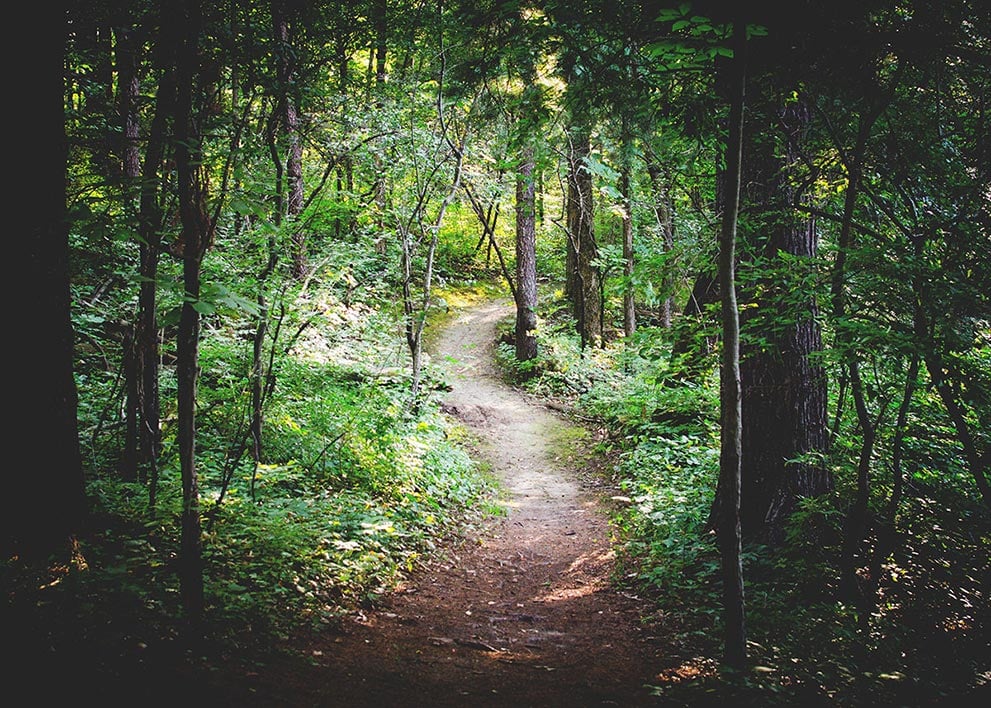

.jpg)
